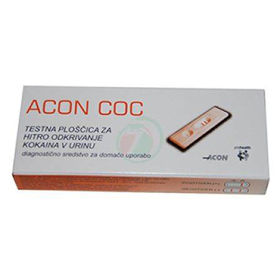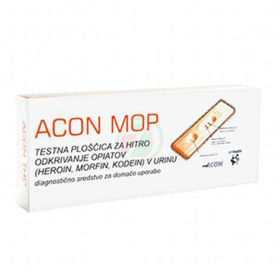Customer question:
Do home remedies help with urine leakage? Anonymous customer's question
Pharmacist's answer:
Home remedies and natural methods can help manage or reduce the symptoms of incontinence in certain cases, but the effectiveness of these approaches depends on the cause and type of incontinence and the individual's specific health circumstances.
Here are some home remedies and natural methods that are often cited to help with incontinence:
- Kegel exercises: Kegel exercises are designed to strengthen the pelvic floor muscles, crucial to bladder control. Regularly performing these exercises often helps improve the tone of the muscles that support the bladder and urethra, thereby reducing urine leakage.
- Dietary adjustment: avoiding or reducing the consumption of irritants such as caffeine (found in coffee, tea, carbonated drinks) and alcohol, which can irritate the bladder and increase the frequency of urination. Increase your intake of fiber-rich foods, as constipation can increase pressure on the bladder.
- Urinating on demand: Establishing regular urination at certain time intervals, even if you don't feel the need at the moment, can help prevent bladder overfilling and thus reduce the possibility of sudden urine leakage.
- Herbs and nutritional supplements: some herbs are said to help with urinary problems.
- Acupuncture: This traditional Chinese medical technique involves inserting fine needles into specific points on the body. Some believe that acupuncture can help regulate bladder function and improve urinary control.
It is essential to understand that home remedies and natural methods are usually not stand-alone treatments for severe incontinence or incontinence caused by more serious medical conditions such as neurological diseases or injuries. If you have severe incontinence or if home remedies do not provide sufficient relief, it is essential to seek professional medical help.
What home remedies can help with urine leakage?
Certain herbs and plants are often mentioned as possible self-help for urinary leakage.
Among them are:
- Cranberry: Cranberries are known for their potential urinary health benefits.
- Pumpkin: Pumpkin seeds contain various nutrients that support urinary tract health.
- Sage: Sage is a plant used in traditional medicine for many problems, including urinary problems.
- Hibiscus: Hibiscus is a tea that is credited with many health benefits.
It is important to know that the use of herbs to treat incontinence still requires more scientific research and evidence.
Can cranberry help with urinary incontinence?
Cranberry is a plant traditionally used for its potential urinary tract benefits. Historically, it has been used to relieve symptoms of urinary tract infections, such as cystitis, and support urinary tract health. Cranberries contain several active ingredients, the best known of which are proanthocyanidins (PACs), a type of flavonoid. In addition, cranberries also contain vitamins C, A, and K, as well as minerals such as potassium, calcium, and magnesium.
Which over-the-counter medications can help with urinary incontinence?
Some over-the-counter medications and supplements can help with urinary incontinence. Here are some examples:
- Cranberry products: Cranberry juice or capsules can help with overall urinary tract health.
- Pumpkin seeds: Products containing pumpkin seeds or oil are available as dietary supplements.
- Soy extracts: Isoflavones from soy are available as supplements.
- Vitamin D: available in tablet or capsule form.
- Magnesium is available as a dietary supplement in tablets or powders.
How do you perform kegel exercises to relieve urine leakage?
Kegel exercises can be performed in different positions, such as sitting, lying down, or standing. Before starting the exercises, it is essential to identify the correct pelvic floor muscles. The best way to do this is to stop urine flow while urinating. The muscles you use to hold urine are the pelvic floor muscles. To start, choose a comfortable position in which you feel relaxed. Once you've identified your pelvic floor muscles, focus on squeezing those muscles and then relaxing them. Do not strain other muscle groups, such as the abdominal or thigh muscles, while performing the exercises.
Squeeze the pelvic d muscles, hold them for 3-5 seconds (or as long as you can), and slowly release them. Repeat this several times in a row. To begin with, try to do the exercises 10-15 times in a row, 2-3 times a day. Gradually increase the time you hold the muscle squeeze to 10 seconds or more as the muscles get stronger. For the exercises to be practical, it is essential to do them regularly. Ideally, it would be best if you incorporated Kegel exercises into your daily routine like other fitness exercises.
If you are having trouble performing the exercises or are unsure if you are squeezing the pelvic floor muscles correctly, consult a physical therapist or incontinence specialist. Kegel exercises can improve the tone of the pelvic floor muscles, thereby helping to manage urinary incontinence. It is essential to be consistent and patient when performing the exercises, as you can see visible results only after a few weeks of regular exercise.
Interesting reading: Urine leakage forum
Interesting reading: Leaking urine after urinating













